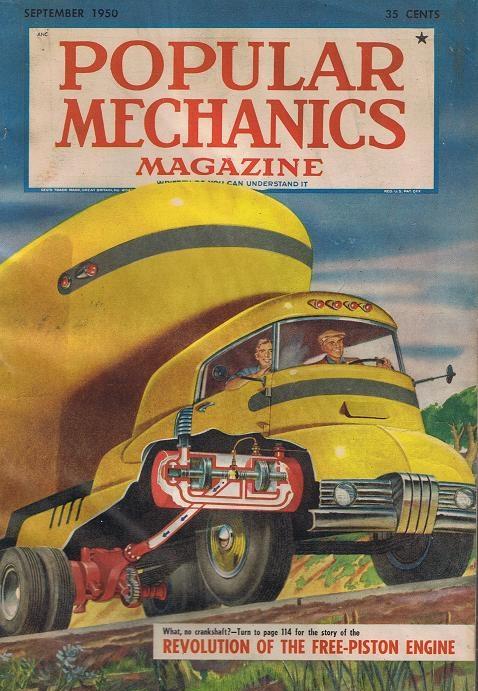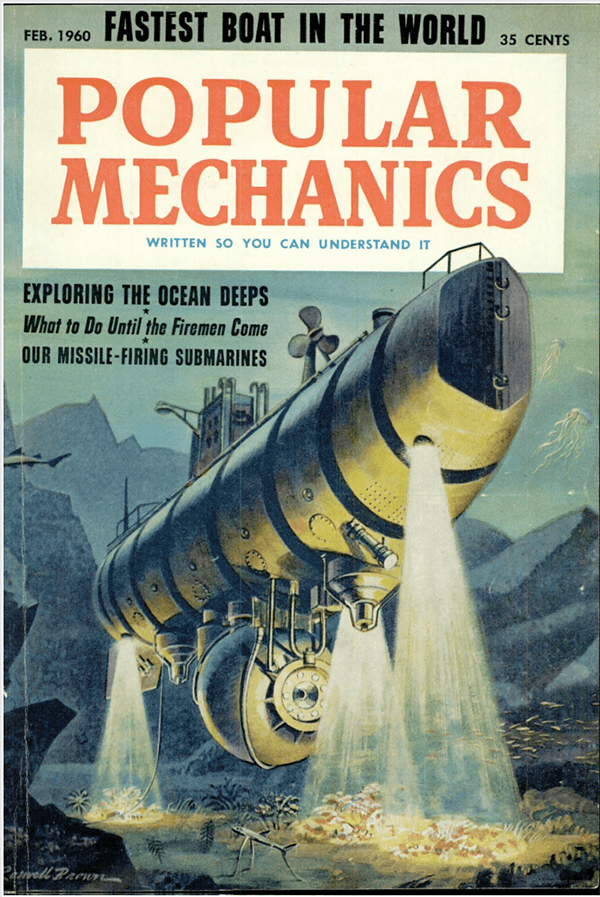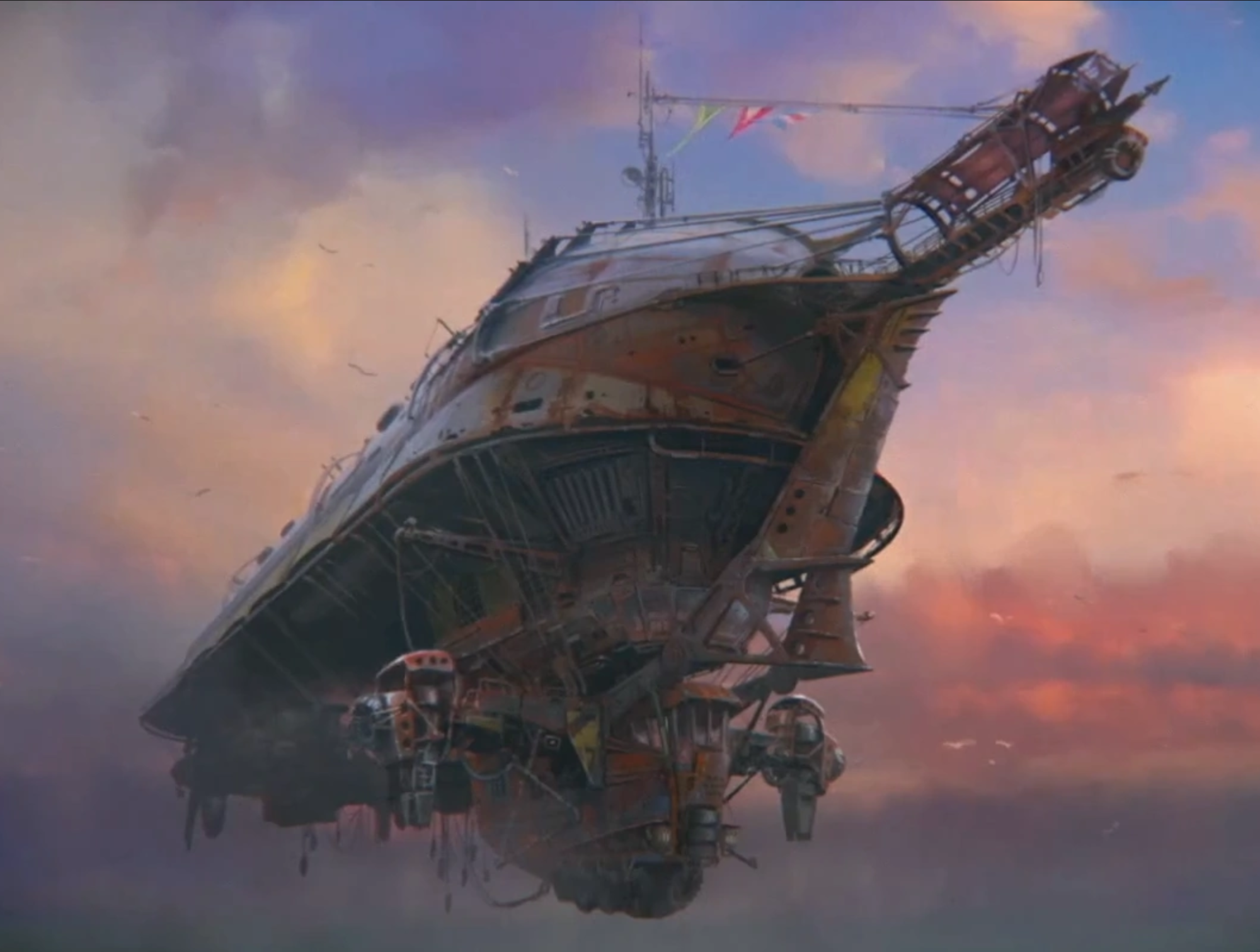Retro Futurism is an aesthetic which employs the use of one technological theme to create an idealized Sci-Fi outlook of what civilization could become. The Jetson’s, Lost in Space and Fallout are all examples of Retro Futurism with a specific focus on flying cars, personal robots and atomic advancements. Retro Futurisms appeal is one of nostalgia and relies heavily on the use of alternate history; where different major decisions, advancements or people have made a significant impact on the outcome of human society and it’s goals or values.

Common themes of Retro Futurism are base on the newest “technology to change the world” which of course in hindsight feel quaint or logistically impossible. Think hot air balloons, zeppelins, hovercrafts, ekranoplans, supersonic air travel, personal aircraft, and robots. All technologies which promised to revolutionize some facet of society in a short period of time; unfortunately for us they did not.


My favorite examples of these grand imaginings are the works of Popular Mechanics and Popular Science which often depict futurist rendition of the times. Notice the stylistic difference in the art style and technology depict just 10 years apart in these magazine covers. There is definitive shift in art style throughout the year which really encompasses each era’s expectations of the future
There are many subgenres of retro futurism which are really just retro futurist with a heavy emphasis on one particular time frame or technology. Examples include Steampunk, Dieselpunk and Atompunk; these all follow the thematic elements of Retro Futurism with a specific focus on one technology and time frame.
Citations:
Popular Mechanics Magazine Archive
Fallout 4 by Bethesda
https://fallout.fandom.com/wiki/Airship The Art of Fallout 4 p. 254


5 Comments. Leave new
What I like about this post is that it isn’t necessarily an “ideal” future, just a possible one and I think you did a good job showcasing that. This is especially showcased with your featured image looking like it’s an aged ship with rust. What I would recommend for your post is that you cite your images, I don’t see a single link to their sources and can’t find the original author. Your later 2 images might be acceptable since they look like the cover of a magazine, but your featured image and the monochromatic image both need them for sure.
It is really cool to see where this type of aesthetic developed from. Ive always liked this type of aesthetic since i grew up watching movies like “Atlantis the lost empire” and “Treasure Planet.” You did a great job showing and explaining this aesthetic .
I loved how this post explored the origin of sub-genres like steampunk, dieselpunk, etc. I’d love to know more about the differences between predictions of the future that turn out to be incorrect (like the popular mechanics articles) and depictions of futures that are intentionally far from the mark (like Fallout). In particular, what are those different depictions trying to achieve?
It is very interesting to see how people from past decades used to try and predict future technologies and lifestyles, and retro futurism from the 50s and 60s is a perfect example. Looking back, its pretty obvious that it’s from that time period because of the styling. When trying to look ahead at the future, there will always be the lens of the current time you are living in, and your view will never truly be unobscured. For example, flying cars from the 1950’s looked just like a regular car from that era, with the only difference being they could fly. Because of this, I think retro futurism is much more common than it would seem because in our attempt to peer into the future, we are really only able to envision a few elements while the rest are stuck in our times.
Very cool blog post on a cool aesthetic.
I agree completely, the idea of human lenses are important and very informative for later generations because it helps describe much more about the imagery than is expressed on the surface. I like your example of flying cars because it is such a quintessential example of the future; todays ideas of flying cars include the use of multiple tiny propellers or folding wings to make the design feasible, a stark contrast to the idealized cars of previous generations